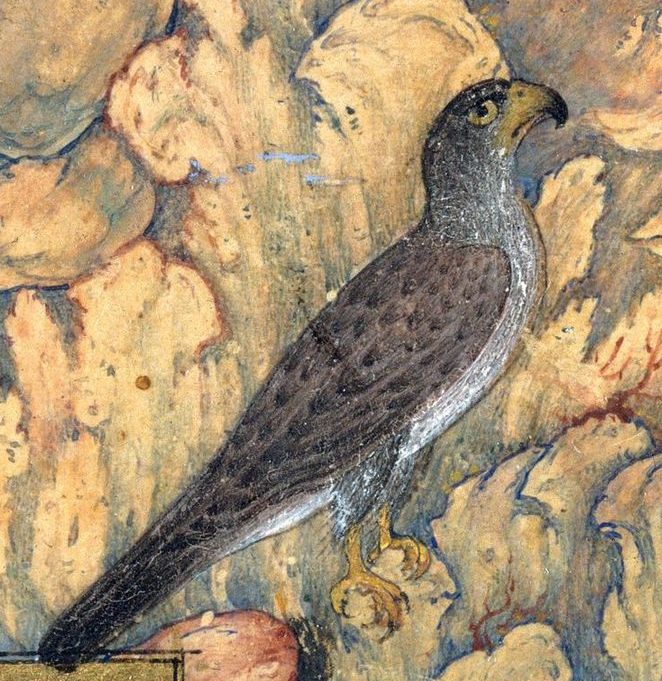The Hittite Empire tried to form an alliance with Egypt by sending a prince to marry an Egyptian queen. However, the prince was killed by a group in Egypt that opposed the union. Even though the empire continued under King Shuppiluliuma, new problems started to grow when Egypt, now under its 19th dynasty, tried to take back control of Syria.
The Battle of Kadesh
A major battle took place at Kadesh between Muwatalli, the Hittite king, and Ramses II of Egypt. Ramses II was nearly trapped and killed but managed to escape. Despite this, Egyptian records claimed they won the battle Anatolia and the New Testament.
Peace and Diplomacy
Years later, Ramses II and the new Hittite king, Hattushili III, signed a peace treaty. It was a parity treaty, meaning both sides saw each other as equals. They likely did this because both were worried about a rising power: Assyria. Hattushili also signed a treaty with the Kassites of southern Mesopotamia to help hold back the Assyrians.
Many other treaties were also found in Hattusha’s archives, showing agreements between the Hittite king and other smaller rulers Istanbul Tour Guides.
The Fall of the Hittite Empire
In the 12th century BCE, major changes shook the eastern Mediterranean. The Hittite capital, Hattusha, was destroyed by fire. Although the empire collapsed, a version of Hittite culture lived on in southeastern Anatolia for around 500 years. This period is known as the Neo-Hittite or Syro-Hittite era.
Eventually, in the 9th century BCE, the Assyrians began to take control of these regions. The last remains of the Hittite world, which the Assyrians called “Greater Hatti,” were finally conquered by Tiglath-pileser III around 734–732 BCE.
Hattusha: The Capital City
The ruins of Hattusha, the old Hittite capital, lie near the modern Turkish town of Boghazkale. During its height, it was one of the largest and strongest cities in the ancient Near East. It was protected by double walls, large towers, and gates with heavy doors.
Inside the city, there were several temples and a royal palace on a high rock. The biggest temple was surrounded by storage rooms. Special tunnels in the walls could be used during attacks.
Discovering the Hittite Past
Excavations in the early 1900s uncovered thousands of clay tablets written in cuneiform. These tablets recorded Hittite laws, treaties, religion, and daily life. They also mentioned kings, places, and major historical events, helping historians connect the Hittites with other ancient cultures.
The Hittites and the Bible
The Hittites are mentioned about 40 times in the Old Testament. For a long time, scholars thought they were not real because there was no other evidence of them. But in the late 1800s, discoveries proved they were real, and today we know a great deal about their history and culture.








